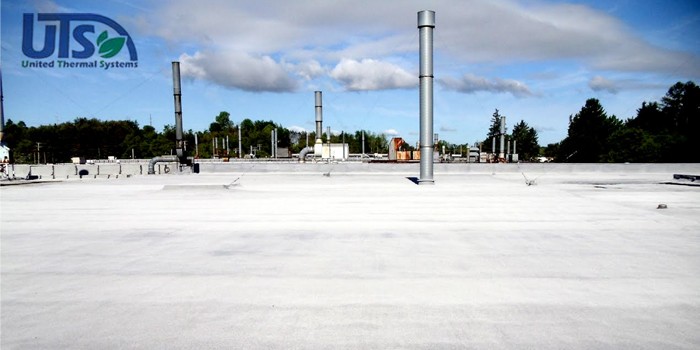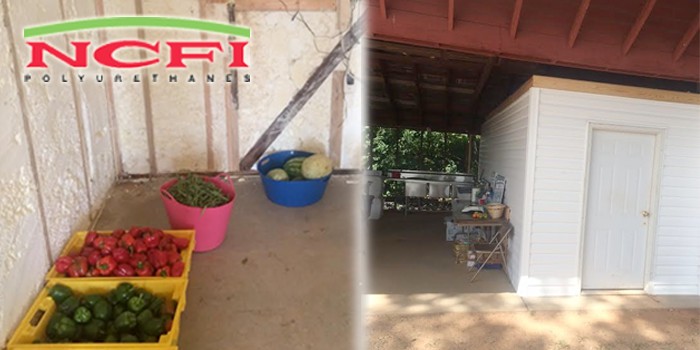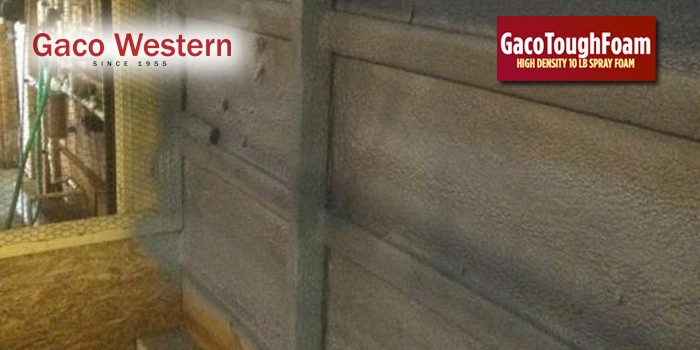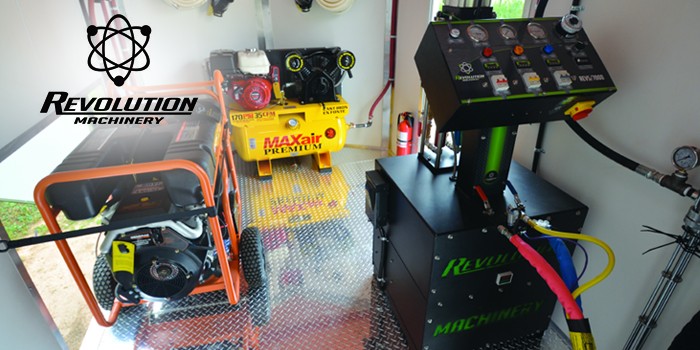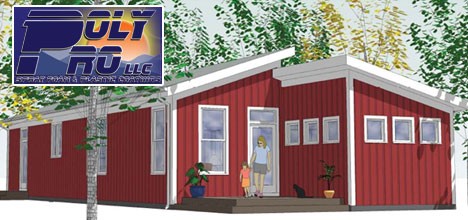
Spray Foam Helps Students Insulate the First LEED Registered House in Greene County Virginia
Greene County Virginia – April, 26 2001 – Elite PolyPro, LLC, a Virginia based spray foam insulation and roofing contractor, donates material and labor to help students and their community. The house is named “The Hinge House” and is the first LEED registered house in Greene County Virginia.
The house is approximately 1,500 square feet on a conditioned crawl space. Half of the home's ceiling was built with SIPs (structurally insulated panels) due to the fact that the students had to learn all types of construction techniques. The other half of the ceiling was trusses.
Elite PolyPro sprayed an average of 10" of Lapolla Foam-Lok open cell foam in the truss ceiling areas on the roof deck. Then they covered the spray foam insulation with Fire-Lok DC-315 ignition barrier coating. Elite PolyPro also sprayed the joist ends and ribbon bands in the crawl space to complete the conditioned crawl area.
With the removal of the pre-existing fiberglass insulation, spraying foam and ignition barrier, the job took two days. Ken Wells, owner of Elite PolyPro comments, "It is always nice to be able to work on a community project that can benefit so many people. The fact that we're helping a family in need, through Habitat for Humanity, and a Technical School, CATEC, that is teaching the future employees of our industry, is just a win/win situation."
CATEC's First Ecologically and Energy Efficient Green House
For the past 20 years, the Carpentry Program of the Charlottesville Albemarle Technical Education Center has included the student-building of a home as part of its curriculum. This 'real-world' project helps students develop the workplace skills and experience necessary for entry into the construction industry.
As part of a renewed commitment to serve local industry demands, as well as address global energy concerns, the students of CATEC's Carpentry Program constructed the Hinge House with an eye toward improving our environment.
Following the U.S. Green Building Council's LEED guidelines for sustainably-built homes, students used new materials and worked with different construction techniques to build a home that was more ecologically friendly and energy efficient. LEED (Leadership in Energy and Environmental Design) promotes a whole-building approach to sustainability by recognizing performance in five key areas of human and environmental health: sustainable site development, water savings, energy efficiency, materials selection, and indoor environmental quality.
As these issues continue to dominate news headlines, this experience allowed students to be on the leading edge of the construction industry's move toward building 'green'.
The students' education and construction were been further enhanced through their work with community non-profit organizations and sponsors of the project. Local industry professionals …
The Hinge House Finds a Home
Thanks to Habitat for Humanity of Greene County, the CATEC Hinge House will be a home for a deserving family in Greene County. CATEC is very proud of the fact that this house is the first LEED registered home in the country built by high school students. The house was recently moved from CATEC, where it was constructed, to its final destination in Greene County. The house has been completed with a variety of "green" materials, including metal seam roofing and hardiplank siding. It also utilizes efficient energy systems, such as spray foam insulation, a tankless water heater and energy efficient appliances.



